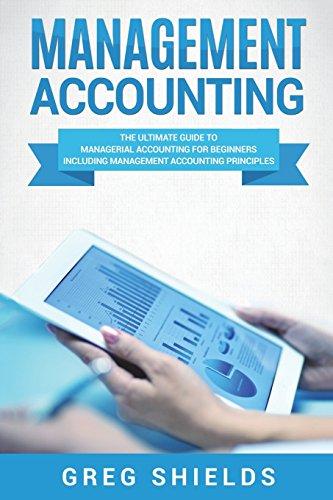Question
Cardinal Company is considering a five-year project that would require a $2,975,000 investment in equipment with a useful life of five years and no salvage
| Cardinal Company is considering a five-year project that would require a $2,975,000 investment in equipment with a useful life of five years and no salvage value. The companys discount rate is 14%. The project would provide net operating income in each of five years as follows: |
| Sales | $ | 2,735,000 | ||
| Variable expenses | 1,000,000 | |||
| Contribution margin | 1,735,000 | |||
| Fixed expenses: | ||||
| Advertising, salaries, and other fixed out-of-pocket costs | $ | 735,000 | ||
| Depreciation | 595,000 | |||
| Total fixed expenses | 1,330,000 | |||
| Net operating income | $ | 405,000 | ||
1. What is the projects internal rate of return? (Round your answer to nearest whole percent.)
2. What is the projects payback period? (Round your answer to 2 decimal places.)
3. What is the projects simple rate of return for each of the five years? (Round your answer to 2 decimal places. i.e. 0.12342 should be considered as 12.34%.)
4.
| If the companys discount rate was 16% instead of 14%, would you expect the project's net present value to be higher, lower, or the same?
5. If the eIf the equipment had a salvage value of $300,000 at the end of five years, would you expect the project's net present value to be higher, lower, or the same?
6. If the quipment had a salvage value of $300,000 at the end of five years, would you expect the projects payback period to be higher, lower, or the same?
7. If the equipment had a salvage value of $300,000 at the end of five years, would you expect the projects simple rate of return to be higher, lower, or the same?
8.
9. Assume a postaudit showed that all estimates (including total sales) were exactly correct except for the variable expense ratio, which actually turned out to be 45%. What was the projects actual payback period? (Round your answer to 2 decimal places.)
10.
11.
|
Step by Step Solution
There are 3 Steps involved in it
Step: 1

Get Instant Access to Expert-Tailored Solutions
See step-by-step solutions with expert insights and AI powered tools for academic success
Step: 2

Step: 3

Ace Your Homework with AI
Get the answers you need in no time with our AI-driven, step-by-step assistance
Get Started


